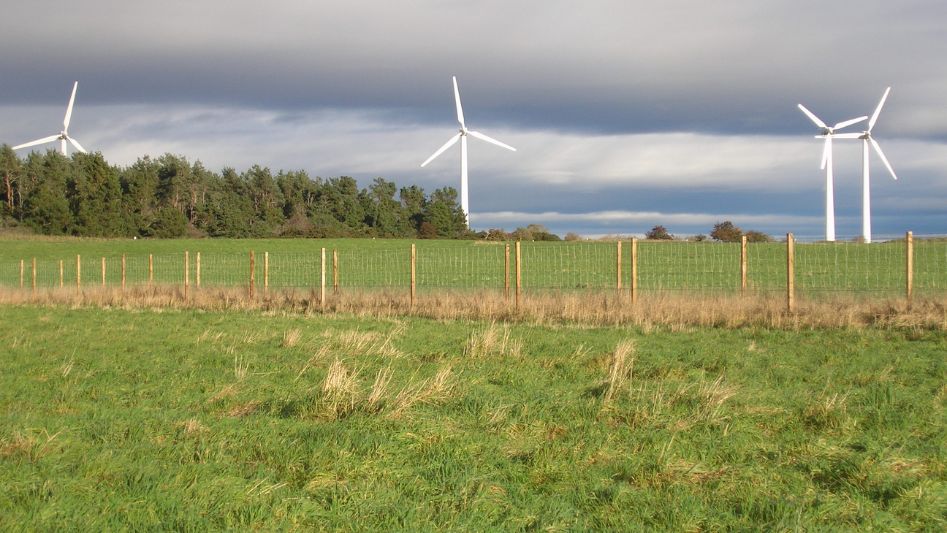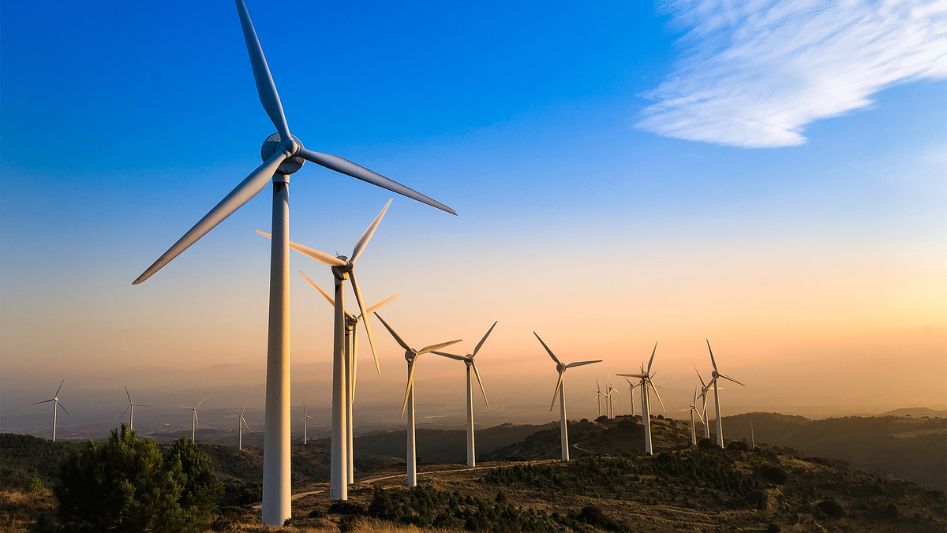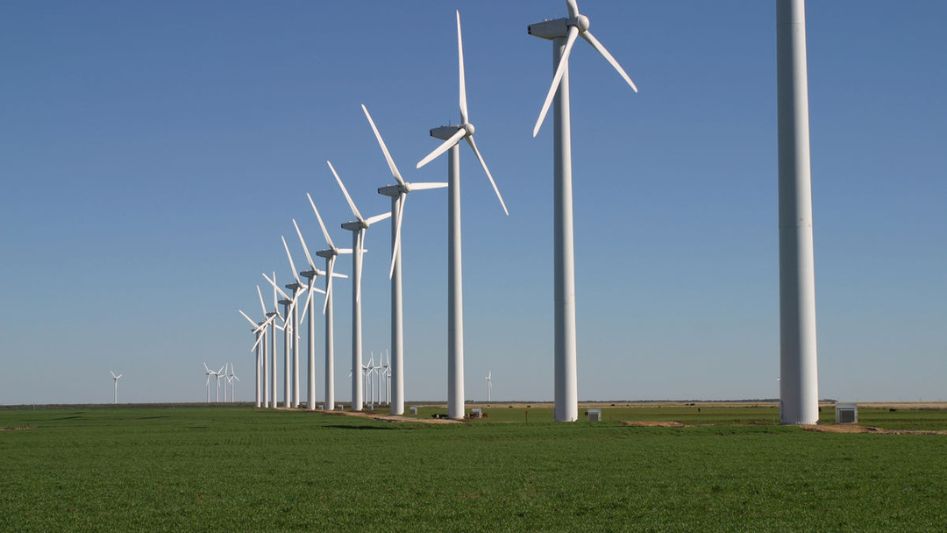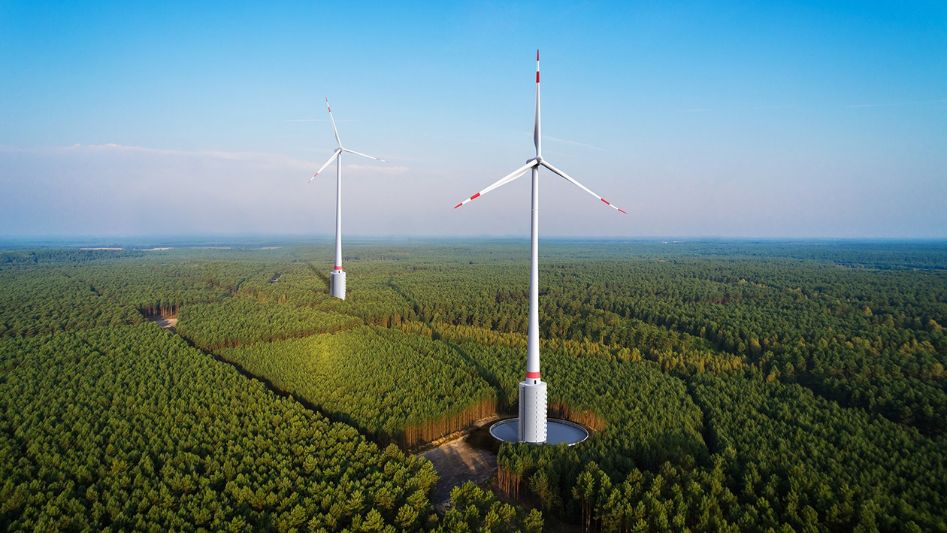In the quest for a sustainable and eco-friendly future, the adoption of renewable energy sources has become imperative. Small-scale wind turbines have emerged as a promising technology to bring clean energy to communities across the globe. These compact and efficient devices offer numerous advantages, from reducing carbon footprints to enhancing energy security. In this article, we explore the significance of small-scale wind turbines and their potential to revolutionize the way we generate power locally.
Table Of Content
We invite you to read: “Wind Turbines vs. Climate Change: A Powerful Ally in the Fight for Our Planet”

The Need for Clean Energy
As concerns about climate change and environmental degradation continue to grow, the transition from fossil fuels to renewable energy sources has become a top priority. Traditional energy sources, such as coal and natural gas, not only contribute to greenhouse gas emissions but also deplete finite resources. Clean energy alternatives, like wind power, are vital for combating these issues while ensuring a sustainable future.
Harnessing Wind Energy
Wind energy, one of the fastest-growing renewable energy sources, involves capturing the kinetic energy of wind and converting it into electricity. Large-scale wind farms have been widely adopted, particularly in regions with consistent and strong winds. However, the potential of wind power extends beyond these large installations, and small-scale wind turbines are gaining recognition for their unique benefits.
Benefits of Small-Scale Wind Turbines
1. Energy Independence
Small-scale wind turbines empower communities to generate their own electricity, reducing dependence on centralized power grids. This energy independence can be crucial during power outages, emergencies, or in remote areas where grid access is limited.
2. Environmental Impact
Unlike fossil fuels, wind energy produces zero greenhouse gas emissions during operation. Small-scale wind turbines contribute to local air quality improvements and play a role in mitigating climate change.
3. Cost Savings
Once installed, small-scale wind turbines have relatively low operating and maintenance costs. Over time, they can lead to significant cost savings compared to purchasing electricity from traditional sources.
4. Job Creation
The manufacturing, installation, and maintenance of small-scale wind turbines can create jobs at the community level, stimulating local economies.
5. Scalability
Small-scale wind turbines come in various sizes and configurations, making them adaptable to different locations and energy needs. They can be installed on residential properties, farms, and even in urban areas.
We invite you to read: “Blowing Away Fossil Fuels: The Impact of Wind Turbines on Energy Production”

Key Considerations for Small-Scale Wind Turbine Adoption
Before installing small-scale wind turbines, there are important factors to consider:
1. Wind Resource Assessment
Assessing the local wind resource is essential to determine if a location is suitable for a small-scale wind turbine. The average wind speed and consistency play a crucial role in energy production.
2. Zoning Regulations and Permits
Check local zoning regulations and obtain the necessary permits before installing a small-scale wind turbine. Compliance with local laws is essential to avoid legal issues.
3. Installation Costs and Financing
Evaluate the upfront costs of purchasing and installing a small-scale wind turbine. Financing options, incentives, and grants may be available to offset expenses.
4. Maintenance and Repairs
Consider the ongoing maintenance requirements and potential repair costs associated with the turbine. Regular inspections and maintenance are essential to ensure optimal performance.
5. Noise and Aesthetics
Small-scale wind turbines may produce some noise and have visual impacts. Consult with neighbors and local authorities to address concerns and ensure community support.
We invite you to read: “Wind Turbines: Spinning the Wheels of Renewable Energy Innovation”

Conclusion
Small-scale wind turbines offer a promising avenue for communities to transition to clean energy sources while enjoying numerous benefits, including energy independence, cost savings, and environmental sustainability. As technology advances and awareness grows, these turbines are likely to play a more prominent role in the global shift towards a greener and more sustainable energy future. By harnessing the power of the wind on a small scale, communities can take a significant step towards reducing their carbon footprint and securing a cleaner, more sustainable future for generations to come.
FAQs
What is a small-scale wind turbine?
A small-scale wind turbine is a compact device that captures wind energy to generate electricity on a local scale, providing clean energy to homes and communities.
How do small-scale wind turbines work?
Small-scale wind turbines use the kinetic energy of wind to spin blades connected to a generator, converting it into electricity for local consumption.
What are the benefits of small-scale wind turbines?
Benefits include energy independence, cost savings, environmental impact reduction, job creation, and scalability for various locations and energy needs.
What should I consider before installing a small-scale wind turbine?
Factors include wind resource assessment, zoning regulations, installation costs, maintenance, and addressing noise and aesthetic concerns.
You May Also Like
- Green Energy on the Horizon: Exploring the Future of Wind Turbines
- The Power of Rotation: Vertical Axis Wind Turbines Explained
- Vertical Axis Wind Turbines: A Green Revolution on the Horizon
- Quiet and Efficient: The Advantages of Vertical Axis Wind Turbines
- Wind Turbines and Climate Change: Mitigating CO2 Emissions with Wind Power

